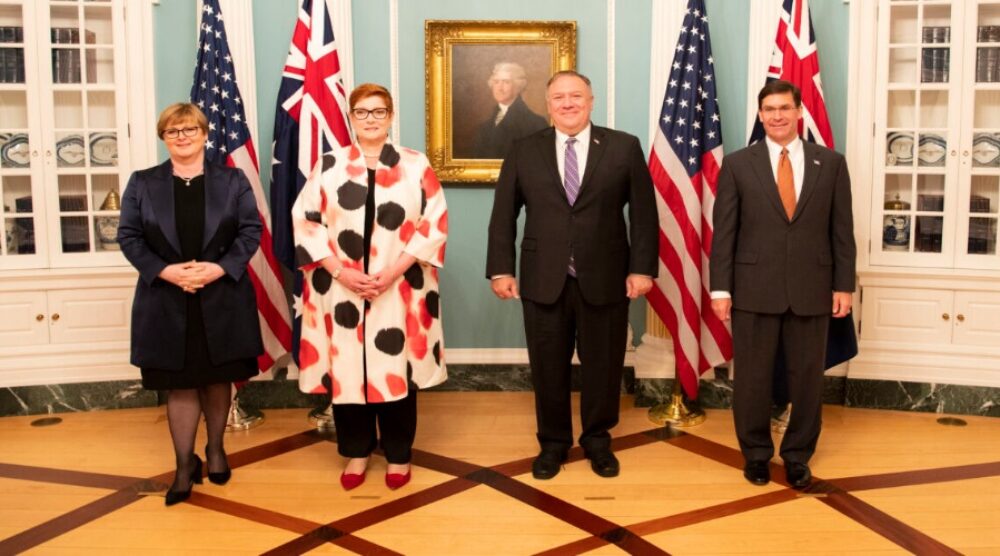Driven by deepening worries over China’s growing assertiveness, Australia is rethinking its defence strategy, force structure and posture. This has implications for many others.
For Australians, it’s been 12 months like no other. They’ve been seriously impacted by an intense drought, massive bushfires, floods, cyclones, a global pandemic and China’s ‘wolf warrior’ foreign policies. Against this backdrop of ‘unprecedented’ (the word of the hour) events, the rather delayed Australian Defence Strategic Update has just been released. Its tone deepens the grim outlook.
For some 50 years, the lack of a plausible military threat to Australia has been a constant in public and classified strategic thinking, but no more. The new update now ominously declares ‘a ten-year strategic warning time for a major conventional attack against Australia … is no longer an appropriate basis for defence planning’. The Australian Defence Force (ADF) must now be prepared to meet short-notice crises that carry risks of major interstate war. The only country the update could conceivably be discussing is China.
To meet the China challenge, a new strategy is being embraced that envisages significantly deepening engagement with states in Australia’s immediate region, defined as running from the north-eastern Indian Ocean, across South East Asia and into the South West Pacific. Within this region, the ADF has been set three strategic objectives: to shape the strategic environment, to deter states from taking actions hostile to Australian interests by threatening to impose high costs for doing so, and to be ready to respond with credible military force.
In the near term, the ADF will markedly expand its regional defence diplomacy, cooperative defence activities and capacity building. The operational focus will switch to the region, away from the greater Middle East, and with a declared reduced enthusiasm for distant US-led coalition operations. Indeed, the Strategic Update says little about the US, with Australian agency stressed instead.
Importantly, the ADF will now become involved in countering greyzone activities, those antagonistic actions conducted below the threshold of armed conflict. Recent Australian naval operations in the South China Sea in support of Malaysia suggest this has already begun, and has been noticed by China. For this, the update foreshadows enhancements to special forces, cyber warfare, information operations, and intelligence, surveillance and reconnaissance capabilities.
Please click here to read the full “Australia’s Defence Strategic Update: It’s All About China” article originally published at RUSI, written by Griffith Asia Institute Visiting Fellow, Peter Layton.








